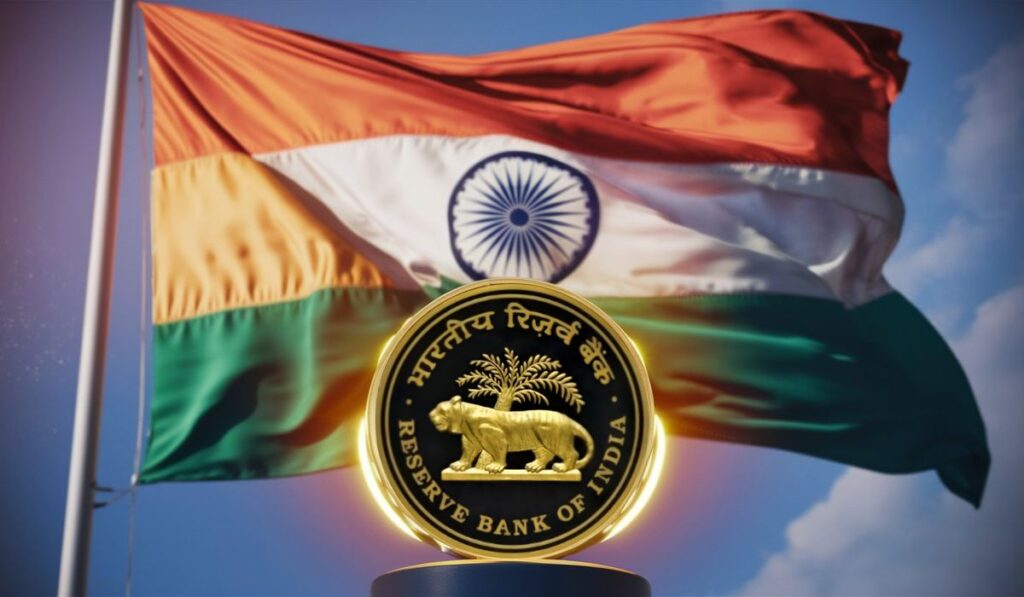Synopsis: RBI has announced its intention to enable offline functionality for the digital rupee, a move that could significantly transform India’s financial landscape, promoting financial inclusion, economic activity, and a new era of digital payments.

The Reserve Bank of India (RBI) announced motives to make the digital rupee accessible offline on May 6, 2024, a step that could greatly expand the currency’s reach. With this improvement, which was revealed by RBI Governor Shaktikanta Das, users would be able to perform transactions without an internet connection, bringing the digital rupee one step closer to mimicking the functioning of actual cash.
The declaration follows a successful year-long digital currency trial experiment. RBI has acknowledged the need to boost usage, though, and adding offline capabilities is thought to be a significant move in that direction. This action is especially important for filling the gap for residents of locations with weak or zero internet access, a group that makes up a sizeable section of the Indian population.
Digital Rupee to Bridge Digital Divide Providing Offline Features
For the digital rupee to be widely adopted, there is a huge barrier in the form of the digital divide—the difference between those who can and cannot use technology. A large portion of the population in India lives in places with weak or zero internet access.
Digital rupee to get boost from offline feature: RBI governorhttps://t.co/E9ZkTFSQSR
— Jonathan Payne (@jon_payne14) May 7, 2024
One of the most important steps in closing this gap is the offline functionality. The Reserve Bank of India (RBI) is making sure that the digital rupee is available to everyone by allowing offline payments. This encourages financial inclusion, which may increase the digital rupee’s adoption rate overall by extending its advantages to a larger portion of the general population
How will the Rupee Work Digitally Offline?
The RBI hasn’t yet made public its exact technological details, but there are a few potential ways to make the digital rupee usable offline.
Here are the 2 such approaches:
Downloadable Wallets
Downloadable wallets for cell phones or other specialized devices are one option. Pre-loaded rupees could be included in these wallets, just like in the case of mobile wallets.
It is just similar to contactless credit card payments. To move digital rupees between devices, users only need to tap them together.
Real Cards with Virtual Rupee Amounts
Using physical cards to store digital rupee amounts is an additional option. These cards could be issued by banks and look similar to debit cards. After that, customers could use them to pay offline.
Like debit cards, the bank might subtract the transaction amount from the digital rupee balance that is recorded on the card without requiring an internet connection.
What does the future hold?
The RBI’s decision to allow the rupee to function offline is a major move that might completely change the financial system in India. This step has the potential to increase financial inclusion, stimulate economic growth, and inaugurate a new era of digital payments throughout the country by bridging the digital divide and making the digital rupee available to a larger society.
However, This news is based on recent announcements and news stories from the RBI. As the RBI completes its preparations, the details of how the digital rupee’s offline capabilities will be implemented may vary.
Also read: Vodafone SIM Crypto Wallets
